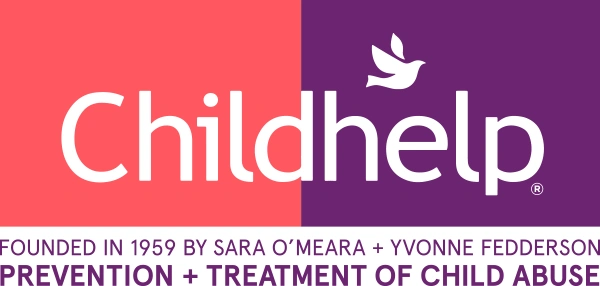April 15, 2025
The opioid crisis has claimed countless lives, but a particularly disturbing trend is that babies and toddlers are increasingly becoming victims. According to the Arizona Department of Child Safety, opioids claimed the lives of 34 children in Arizona last year, with fentanyl being responsible for all deaths. Eight of those children were under the age of five.
Just a few grains of this synthetic opioid — as little as 0.25 milligrams — can be fatal. The powerful drug can be up to 100 times more potent than morphine and was developed to medically treat severe pain, but has quickly made its way onto the streets. Illegally manufactured fentanyl is often mixed with other drugs, such as heroin, cocaine and methamphetamine because of its extreme potency, making drugs cheaper, more powerful, more addictive and more deadly.
“While one case of child drug endangerment or death is too many, we are sadly seeing this occurring on a far too frequent basis,” says Kenneth McKinley, director of Childhelp Children’s Center of Arizona. Recently, McKinley says, a mother and her other children were staying in a motel with her boyfriend when she noticed her three-year-old wasn’t breathing. The paramedics arrived and administered Narcan (naloxone) to the child, who positively reacted. Meanwhile, the boyfriend, who sold fentanyl, fled. The mom, who believes her child found fentanyl on the bathroom floor, was taken to jail and charged with child abuse. Thankfully, the child made a full recovery.
According to McKinley, situations like these are far too common: Small children find fentanyl pills or powder on the floor and thinking it’s candy, eat it. But because fentanyl is so potent, children don’t necessarily have to ingest the drug to be harmed. Simply living in an environment where fentanyl is used or made can cause exposure through contact with contaminated surfaces or inhalation of airborne particles. And of course, using fentanyl or any illicit drugs while pregnant, can cause severe health issues, including poor fetal growth, preterm birth, stillbirth, birth defects and neonatal abstinence syndrome.
In the U.S.:
- Every 25 minutes, a baby is born suffering from opioid withdrawal
- 1 in 8 children live in households with at least one parent who has a substance use disorder
- 1 in 35 children live in households with at least one parent who uses illicit substances
Children whose parents abuse alcohol or drugs are three times more likely to be verbally, physically or sexually abused and four times more likely to be neglected.
Symptoms of opioid or fentanyl exposure in children include difficulty breathing, drowsiness, gurgling, blue lips, seizures and loss of consciousness. Without immediate medical intervention, these symptoms can quickly become fatal.
Addressing this crisis requires a multi-faceted approach and requires preventative measures such as education about the dangers of fentanyl, safe storage and disposal of opioids to prevent exposure, as well as harm reduction strategies such as support and treatment for addicted parents and increased access to Narcan.
The Childhelp National Child Abuse Hotline is available 27/7 via call, text or chat at 1.800.4.A.Child.




